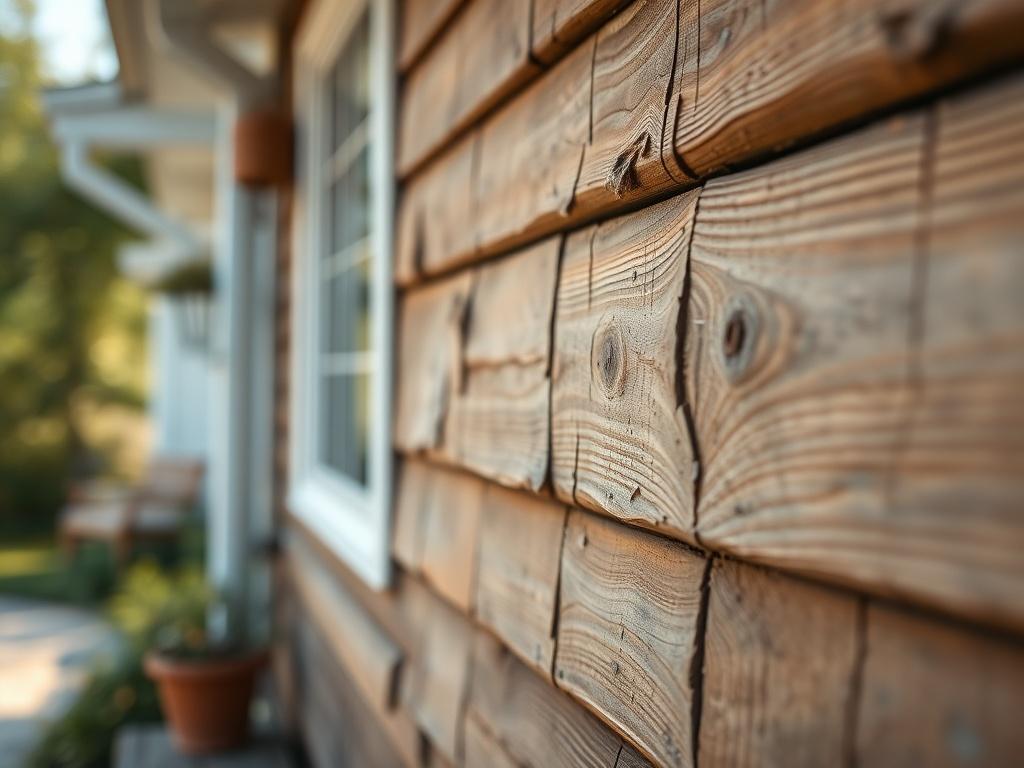
Your home's paint job does more than just make your house look beautiful—it serves as a protective barrier that shields your walls from moisture, UV damage, and everyday wear and tear. But paint doesn't last forever, and knowing when to refresh your interior and exterior spaces can save you from costly repairs down the road. Here are five telltale signs that it's time to break out the brushes, along with expert guidelines on how often each area of your home requires attention.
The most obvious sign that your paint has reached the end of its lifespan is when it begins to separate from the surface. Peeling paint often starts as small chips or flakes, particularly in high-moisture areas such as bathrooms and kitchens, or on exterior surfaces exposed to harsh weather conditions. Cracking paint creates spider web-like patterns that allow moisture to seep underneath, potentially causing wood rot or mold growth. Bubbling paint indicates that moisture has already gotten behind the paint film, causing it to lose adhesion.
Don't ignore these warning signs—they're not just cosmetic issues. When paint fails to protect your surfaces adequately, you're looking at potentially expensive structural damage that extends far beyond a simple repaint.
UV rays are paint's biggest enemy, gradually breaking down the chemical bonds that give paint its vibrant color. If your once-bright red front door now looks more pink than crimson, or your interior walls appear washed out despite good lighting, it's time for a refresh. Fading is particularly common on south-facing exterior walls and in rooms with large windows.
Color changes can also occur due to environmental factors, such as smoke, cooking grease, or general dirt accumulation. While some fading is inevitable, dramatic color shifts indicate that the protective qualities of your paint have been compromised.
Run your hand along your home's exterior siding and check your palm. If it's covered in a fine, powdery residue that matches your paint color, you're seeing chalking—a natural aging process where paint particles break down, creating a dusty surface. While slight chalking is normal, heavy chalking means your paint is deteriorating and no longer providing adequate protection against the elements.
Dark spots, discoloration, or fuzzy growth on painted surfaces are clear indicators that moisture has penetrated your paint barrier. This is especially common in bathrooms, basements, and exterior areas that receive little to no sunlight. Beyond being unsightly, these issues can pose health risks and indicate underlying moisture problems that need immediate attention.
Stains from water damage, smoke, or everyday living that won't clean off with regular washing are also signs that your paint has absorbed contaminants and lost its protective properties.
While not technically paint, the caulk around windows, doors, and trim works hand-in-hand with your paint to protect your home. Cracked, shrinking, or missing caulk allows moisture and air to penetrate, which can cause paint failure and structural damage. If you're noticing caulk issues alongside any of the other signs mentioned, it's definitely time for a comprehensive repainting project.
Exterior Painting:
Interior Painting:
These timeframes can vary significantly based on factors such as climate, paint quality, surface preparation, and the level of home maintenance. Homes in harsh climates with extreme temperature fluctuations, high humidity, or intense sun exposure may need more frequent painting.
Regular maintenance painting costs far less than dealing with structural damage caused by failed paint. By watching for these five warning signs and following recommended painting schedules, you'll keep your home looking great while protecting one of your largest investments. When in doubt, consult with a professional painter who can assess your home's specific needs and recommend the best course of action.
Reach out to Fox Painting. No pressure. No fluff. Just answers, craftsmanship, and paint that lasts.